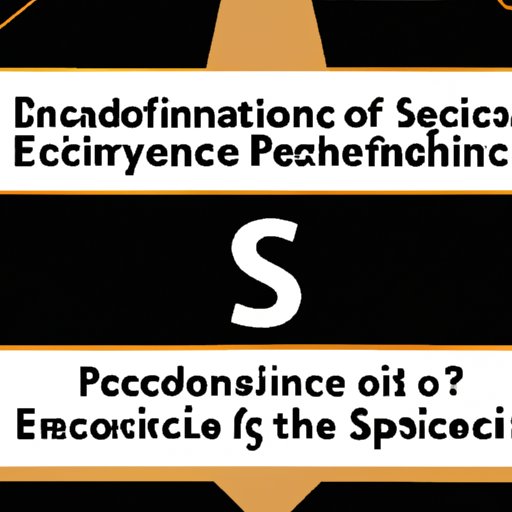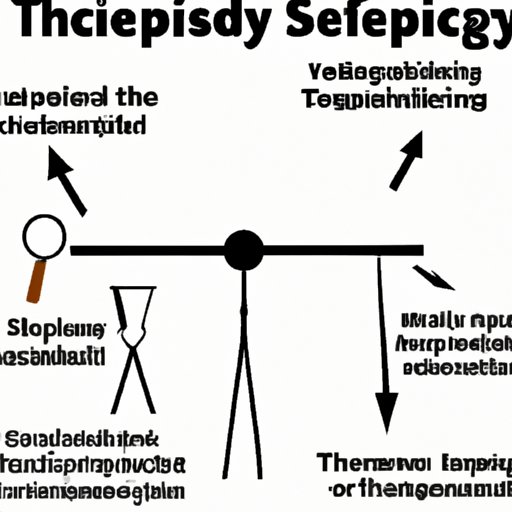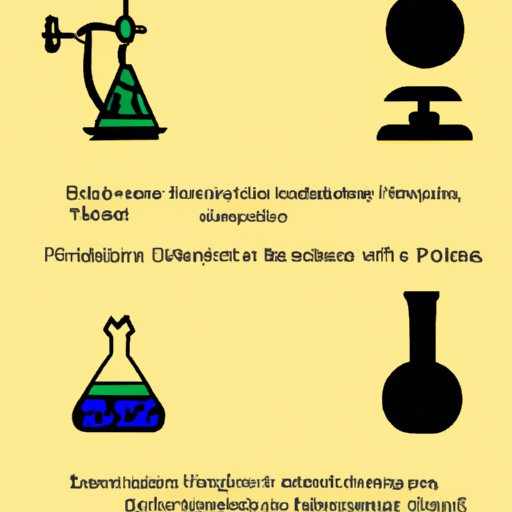Exploring the Differences Between Pseudoscience and Science
At first glance, pseudoscience and science may seem similar. However, there are several key distinctions that help to differentiate the two. In this article, we will explore these differences in detail, looking at how to spot a pseudoscientific theory and examining the evidence that separates pseudoscience from science.

An Overview of Pseudoscience Versus Science
Pseudoscience is defined as “a collection of beliefs or practices mistakenly regarded as being based on scientific method.” 1 It often relies heavily on anecdotal evidence and personal testimonials, rather than facts and empirical data. On the other hand, science is a systematic approach to understanding the natural world, using observation, experimentation, and analysis to draw conclusions. It is based on evidence-based research and replicable results.
Examples of pseudoscience include astrology, homeopathy, and some forms of alternative medicine. These theories are not supported by scientific evidence, and have been debunked by researchers. Examples of science include physics, biology, and chemistry. These disciplines are based on rigorous testing and peer review, and can be used to make predictions and develop new technologies.
The Characteristics that Define Pseudoscience and Science
There are several characteristics that define pseudoscience and science. Firstly, pseudoscience relies heavily on anecdotal evidence and personal testimonials, which do not constitute scientific evidence. Secondly, pseudoscience lacks the scientific method, which involves making observations, forming hypotheses, and testing them through experimentation. Thirdly, pseudoscience often relies on logical fallacies, such as ad hominem attacks, false dilemmas, and circular reasoning.
In contrast, science relies on empirical evidence, which is based on measurable data and verifiable facts. It is also subject to peer review, where other experts in the field analyze and critique the study. Finally, science is based on the systematic methodology of the scientific method, which includes forming hypotheses, conducting experiments, and analyzing the results.

How to Spot a Pseudoscientific Theory
When evaluating a theory, it is important to look for signs of pseudoscience. Firstly, you should analyze the evidence presented. If the evidence is anecdotal or relies heavily on personal testimonies, then it is likely pseudoscience. Secondly, you should check for logical fallacies, as they are often used in pseudoscience. Finally, you should identify any unsupported claims, such as those that cannot be tested or replicated.
Examining the Evidence: What Separates Pseudoscience from Science?
When examining the evidence, there are several key differences between pseudoscience and science. Firstly, pseudoscience often relies on anecdotal evidence, while science relies on empirical evidence. Secondly, science is subject to peer review, while pseudoscience is not. Thirdly, science is based on replicable results, while pseudoscience is not. Finally, science follows a systematic methodology, while pseudoscience does not.
As psychologist Stuart Vyse explains, “Science is a way of knowing that relies on empirical evidence, logical arguments, and careful evaluation of evidence before drawing conclusions. Pseudoscience…relies on anecdotal evidence and logical fallacies.” 2

A Comparison of Pseudoscience and Science in Everyday Life
Pseudoscience is often found in media and advertising. For example, many health supplements claim to have miraculous benefits without providing any evidence to back up their claims. Similarly, astrology is often presented as a legitimate form of guidance and prediction, despite having no scientific basis.
On the other hand, science is used in medical research, technology, and other fields. For example, researchers use the scientific method to conduct studies and develop treatments for diseases. Similarly, engineers use scientific principles to design and build sophisticated machines and devices.
Finally, pseudoscience can have an impact on society. For example, many people believe in alternative medicine and homeopathy, despite the lack of scientific evidence to support these theories. As a result, they often avoid traditional medical treatments, which can lead to serious health issues.
In conclusion, there are significant differences between pseudoscience and science. Pseudoscience often relies on anecdotal evidence and logical fallacies, while science is based on empirical evidence and the scientific method. Pseudoscience can be found in media and advertising, while science is used in medical research and technology. Ultimately, it is important to understand the difference between pseudoscience and science in order to make informed decisions.
1 Merriam-Webster Dictionary, “Pseudoscience”
2 Vyse, Stuart A., Believing in Magic: The Psychology of Superstition (Oxford University Press, 2017), p. 8.
(Note: Is this article not meeting your expectations? Do you have knowledge or insights to share? Unlock new opportunities and expand your reach by joining our authors team. Click Registration to join us and share your expertise with our readers.)
